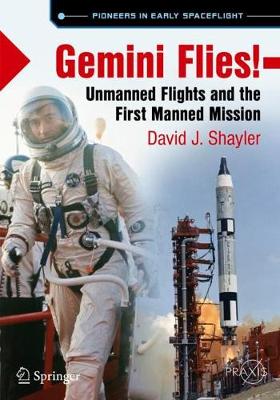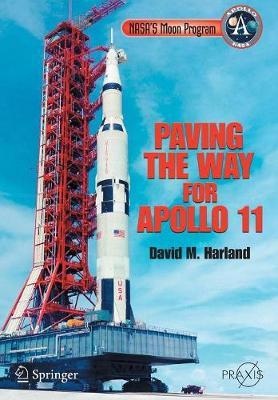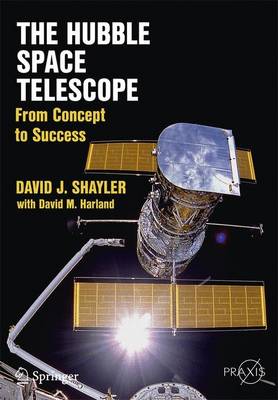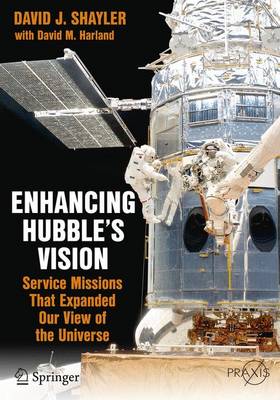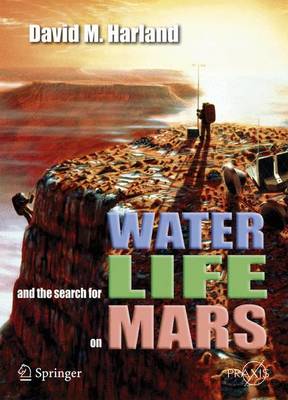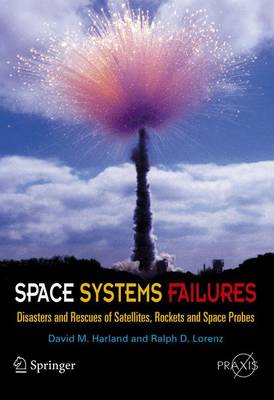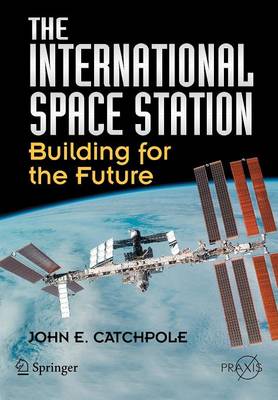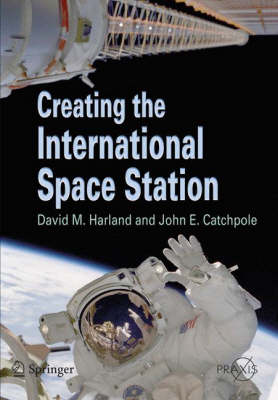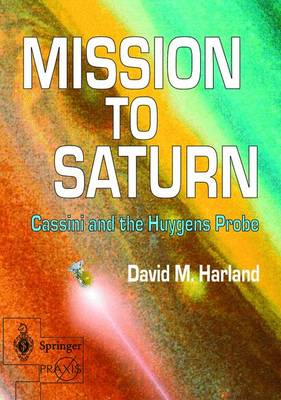Springer Praxis Books
10 total works
In May 1961, President John F. Kennedy committed the United States to landing a man on the moon before the end of the decade. With just a handful of years to pull it off, NASA authorized the Project Gemini space program, which gathered vital knowledge needed to achieve the nation’s goal. This book introduces the crucial three-step test program employed by the Gemini system, covering:
- The short unmanned orbital flight of Gemini 1 that tested the compatibility of launch vehicle, spacecraft and ground systems.
- The unmanned suborbital flight of Gemini 2 to establish the integrity of the reentry system and protective heat shield.
- The three-orbit manned evaluation flight of Gemini 3, christened ‘Molly Brown’ by her crew. A mission recalled orbit by orbit, using mission transcripts, post-flight reports and the astronauts’ own account of their historic journey.
This book provides an overview of the origins of the Apollo program and descriptions of the ground facilities, launch vehicles and spacecraft that were developed in the quest to reach - and return from - the surface of the moon. It will serve as an invaluable single-volume sourcebook for space enthusiasts, space historians, journalists, and others. The text includes a comprehensive collection of tables listing facts and figures for each mission.
In 'Paving the Way for Apollo 11' David Harland explains the lure of the Moon to classical philosophers, astronomers, and geologists, and how NASA set out to investigate the Moon in preparation for a manned lunar landing mission. It focuses particularly on the Lunar Orbiter and Surveyor missions.
The highly successful Hubble Space Telescope was meant to change our view and understanding of the universe. Within weeks of its launch in 1990, however, the space community was shocked to find out that the primary mirror of the telescope was flawed. It was only the skills of scientists and engineers on the ground and the daring talents of astronauts sent to service the telescope in December 1993 that saved the mission.
For over two decades NASA had developed the capabilities to service a payload in orbit. This involved numerous studies and the creation of a ground-based infrastructure to support the challenging missions. Unique tools and EVA hardware supported the skills developed in crew training that then enabled astronauts to complete a demanding series of spacewalks.
Drawing upon first hand interviews with those closely involved in the project over thirty years ago this story explains the development of the servicing mission concept and the hurdles that had to be overcome to not only launch the telescope but also to mount the first servicing mission – a mission that restored the telescope to full working order three years after its launch, saved the reputation of NASA, and truly opened a new age in understanding of our place in space.
This is not just a tale of space age technology, astronauts and astronomy. It is also a story of an audacious scientific vision, and the human ingenuity and determination to overcome all obstacles to make it possible. Hubble Space Telescope: From Concept to Success is a story of an international partnership, dedicated teamwork and a perfect blend of human and robotic space operations that will inspire people of all ages. The subsequent servicing missions that enabled the telescope to continue its scientific program beyond its 25th year in orbit are described in a companion volume Enhancing Hubble’s Vision: Servicing a National Treasure.
This book tells the story of the four missions to maintain Hubble's successful operation. Between 1997 and 2009 these repaired, serviced and upgraded the instruments on the telescope to maintain its state-of-the-art capabilities. It draws on first hand interviews with those closely involved in the project. The spacewalking skills and experiences gained from maintaining and upgrading Hubble had direct application to the construction of the International Space Station and help with its maintenance. These skills can be applied to future human and robotic satellite servicing and maintenance activities as well, not only in Earth orbit but at locations deeper in space.
A companion to this book, The Hubble Space Telescope: From Concept to Success, relates the events of the Telescope’s launch in 1990 and its rough start, after a 20-year struggle to place a large optical telescope in orbit. Originally intended to operate for fifteen years, Hubble has just passed its 25th anniversary, and there is every expectation that it will survive for thirty years. Despite its early problems, the Hubble Space Telescope has become a lasting legacy of the Space Shuttle program, and indeed is a national treasure.
Relates how NASA/ESA have sought evidence of life on Mars, with the prevailing mood sometimes being optimistic and sometimes pessimistic.
Details an account of the rationale for the tests for life carried out by the Viking missions in 1976, with an account of the debate over their results.
A concise primer for readers wishing to 'bone up' when NASA next sends a lander explicitly to seek life on Mars.
Discusses the nature of life on Mars in terms of the most primitive forms of life on Earth, and reviews the implications of there being life on both planets.
Focuses on the causes of the failures and discusses how the engineering knowledge base has been enhanced by the lessons learned.
Discusses non-fatal anomalies which do not affect the ultimate success of a mission, but which are failures nevertheless.
Describes engineering aspects of the spacecraft, making this a valuable complementary reference work to conventional engineering texts.
A comprehensive, highly readable account of complex, technical, political and human endeavor and a worthy successor to Creating the International Space Station (Springer Praxis, January 2002) by David Harland and John Catchpole. This volume details for the first time the construction and occupation of the International Space Station from 2002 through to 2008, when it should reach American “Core Complete”.
Creating the International Space Station
by David M Harland and John E. Catchpole
